
Advertising: Latest Articles
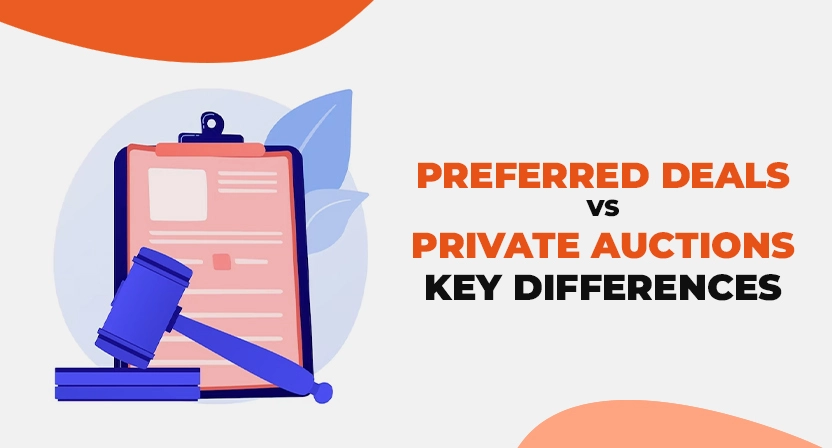
Preferred Deals vs Private Auctions: Key Differences
The adTech world loves to bring in new jargon; maybe making things look more complex has added advantages! However, publishers who are just starting off with programmatic can find themselves in a sea of complexity just by the terminology. By the end of this article, you will have a simplified understanding of ‘'referred deals and ‘'private auctions’' the basic differences, and your approach towards each of them for website monetization.
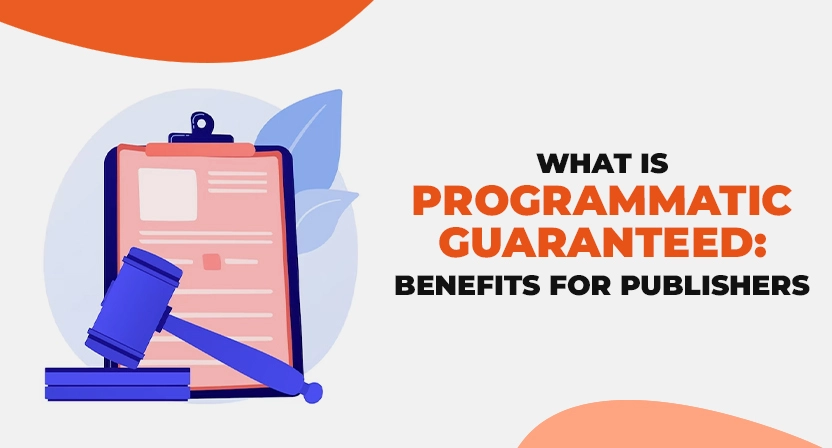
What is Programmatic Guaranteed: Benefits for Publishers
Programmatic Guaranteed helps with the automation of direct sales of the reserved inventory by drawing a simple connection between you and the buyer platforms. You are in power to negotiate and finalize the details of reservation campaigns in the Ad Manager. They also streamline creative management and do away with the need to constantly deal with reconciliation and the billing and payments process.
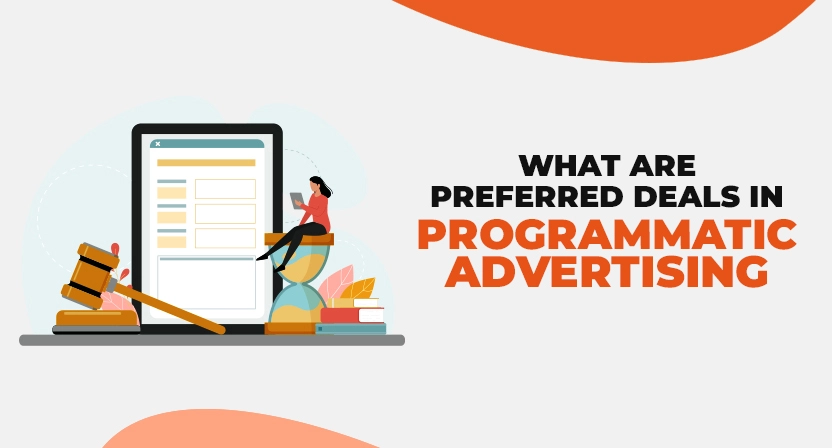
What are Preferred Deals in Programmatic Advertising
With Preferred Deals, you have the liberty to offer the buyers inventory at a price that has been specifically negotiated and bears in mind the minimum CPM rate. There is no formal agreement in Preferred Deals, so there is no contractual obligation for you to save the inventory for the buyer. If you are being offered a higher price by some other, you can sell it off, and there is no obligation on the buyer to purchase the entire inventory.

Programmatic Open Auctions: Advantages, Benefits, and Pros
The open auction is the standard Ad Manager programmatic ad auction, and it gives all authorized buyers the opportunity to bid on your inventory. The ad auction is designed to make sure you're earning the maximum possible revenue for your ad inventory. The more advertisers that bid, the higher the competition is for your inventory and the more you can earn.
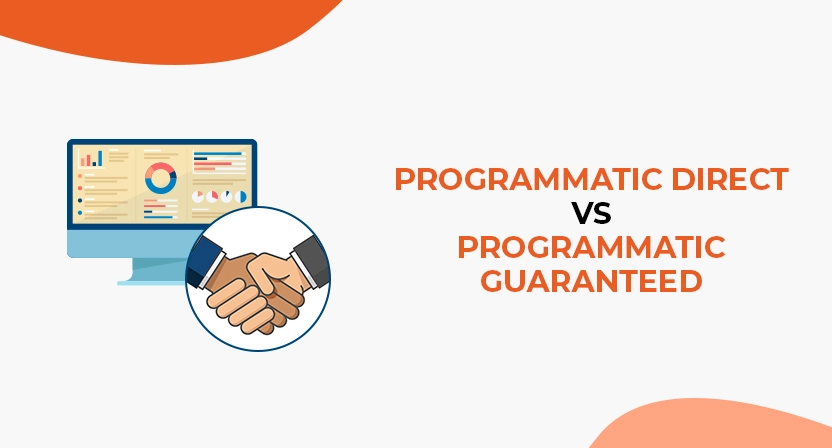
Programmatic Direct vs Programmatic Guaranteed
Programmatic Direct makes everything an absolute cakewalk for publishers with the automation of negotiations and sales of the direct-sold inventory. They allow you to negotiate Programmatic Guaranteed, that is, the guaranteed, reserved inventory, and Preferred deal, which is the non-guaranteed, unreserved inventory campaigns in Ad Manager. They allow you to do the negotiations of the terms of your campaign and mutually agree on details with a buyer within the Ad Manager. They provide buyers the flexibility to suggest changes during negotiations or accept them. On agreement on the terms by both parties, Ad Manager sets up a campaign for delivery automatically. The overhead of creative management, as buyers host and manage the creatives on their system, is reduced exponentially by Programmatic Direct. Ad Manager tackles all the impressions, billings, and payments to do away with issues in management or discrepancies at all. Programmatic Direct makes sales simple and minimizes the probability of errors by humans because the complete process runs in one system.
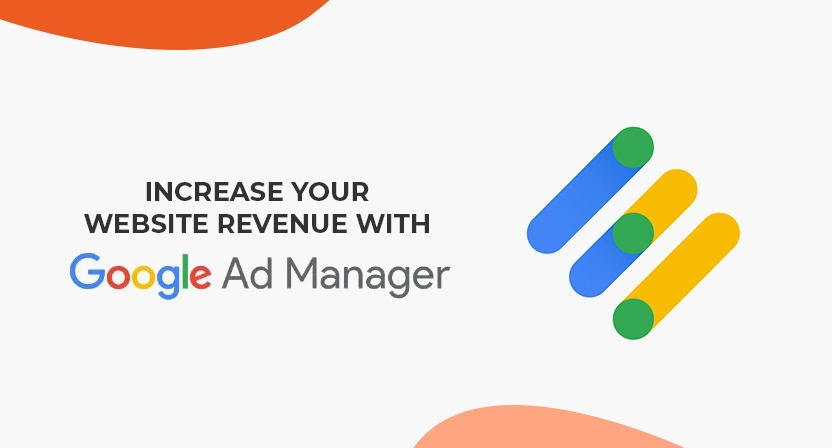
10 Ways to Increase Website Revenue with Google Ad Manager
Publisher find Google Ad Exchange to be an important part of their advertising business. However, it is important to understand that the account with AdX will be of no use if it does not capture the revenue potential via the marketplace. Google Ad Manager is a complete ad serving and monetization solution with integrated capability of ad serving (ad server), ad monetization (ad exchange), and yield management (SSP), all put in ome. One of the most crucial parts of Ad Manager is the seamless integration of user data which forms the crux of targeted advertising and ROI for advertisers. By the end of this insightful post, you’ll learn the different ways in which you can use Google Ad Manager to increase your website revenue and optimize your ad serving all from one platform. So, let’s go ahead and take a look at 10 best ways to increase your website ad revenue with Google Ad Manager.
-Advantages-1684824111-1691261391.webp)
Preferred Deals or Private Marketplaces (PMPs): Advantages
Non-guaranteed floor, you get my inventory directly through me, thus getting all the targeting perks and optimization attention, maybe priority over Open if you are spending, but if demand is up, you may end up paying more. Do an analysis of your Open average winning bids and experiment with what you are pricing; I think 2x your open rate is a good starting point, and adjust accordingly to fluctuations. I'll do an analysis monthly but typically only change PMP rates every six months or yearly.

How to Protect Your Inventory in Programmatic and RTB Auctions
Protection helps you in the management of your brand and in avoiding competing advertisers' ads from appearing together and helps determine which inventory must be made available for Open Auction. They satisfy the targeting of an ad request that applies to ad requests, and more than one rule may apply to the same ad request. There are three kinds of Protections- Ad Content Competition Inventory exclusion. There are some network-level controls that help opt into or out of Google Demand Sources, which include Google Display Network (GDN) and Display and Video 360.
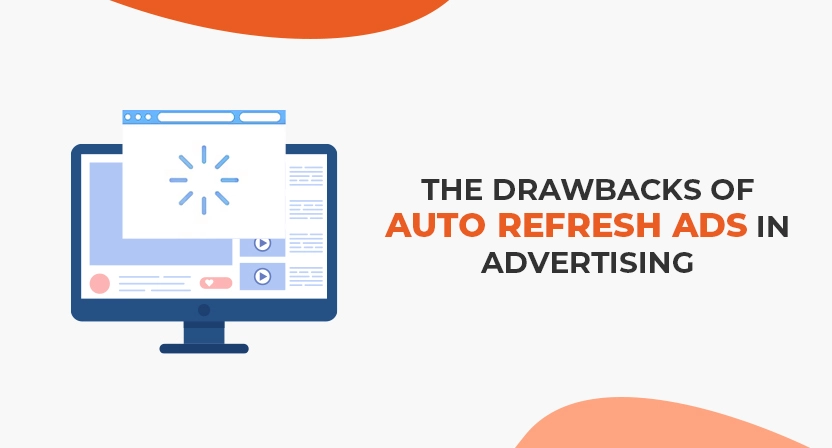
The Drawbacks of Auto Refresh Ads in Advertising
In the simplest terms, auto refresh ads are ones that refresh automatically and serve new ads to users while they visit a specific web page.Today, most of the exchanges and DSPs are open to bidding on auto-refreshing ad slots due to the wide adaption of the same. Many SSPs, intermediaries and ad tech companies are optimizing their auto-refresh tech to bring in more revenue for publishers. It's been quite a few years that I have been using auto-refresh on a few of my sites, and the feeling is mixed. Specifically, in this post, I'll be talking about the demerits of auto-refresh and how it had cost me thousands of dollars in the long run only to realize it doesn't work well on all the sites; rather negatively affects a few.














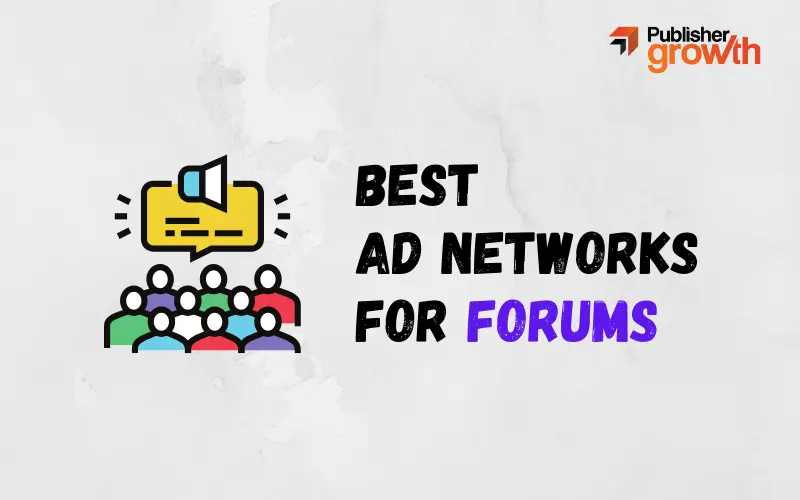


-1668044393.jpeg)